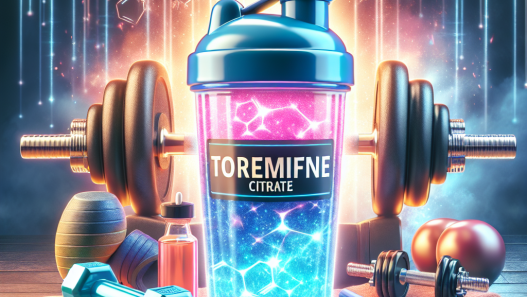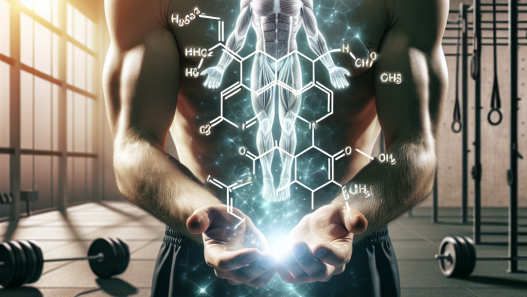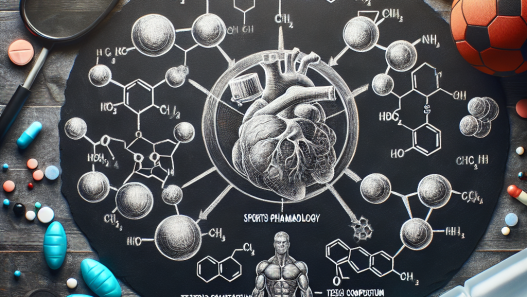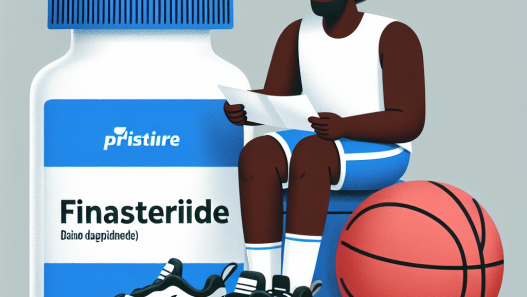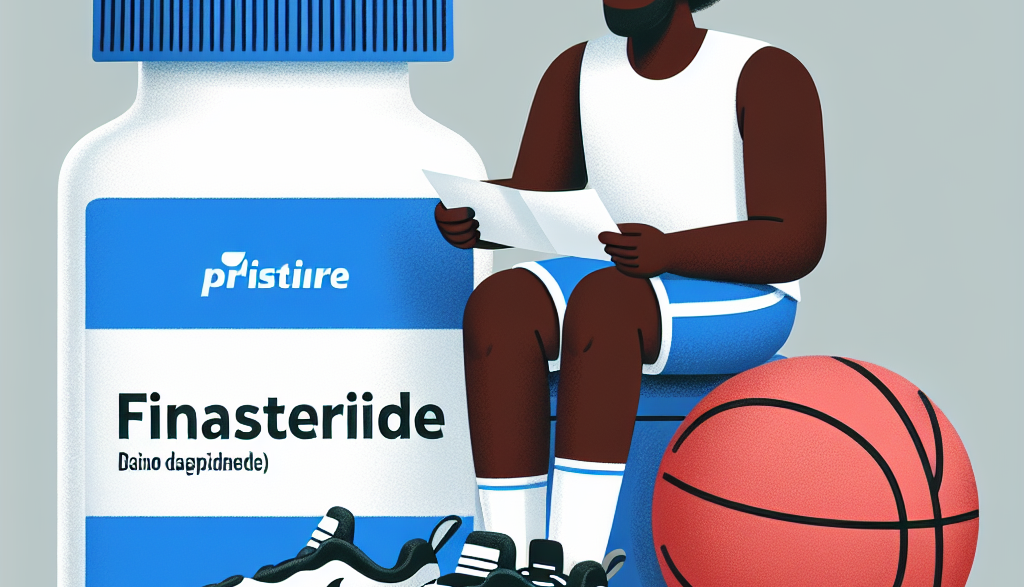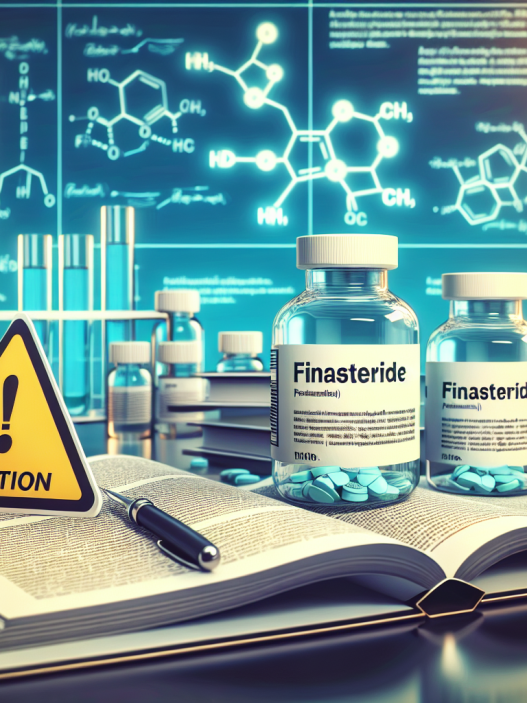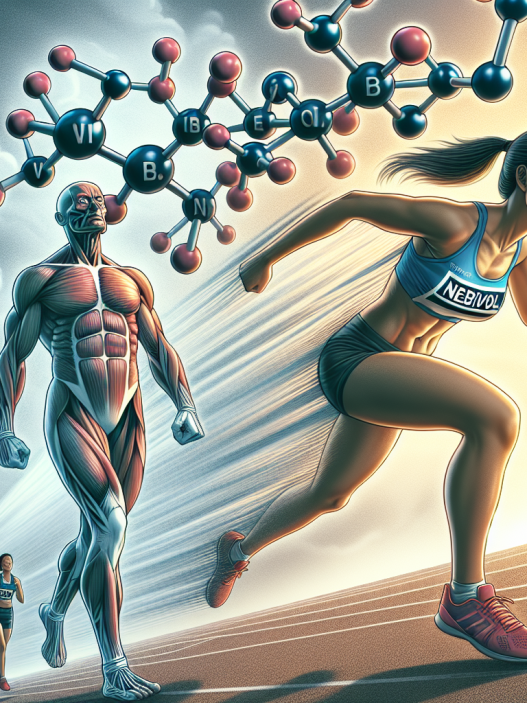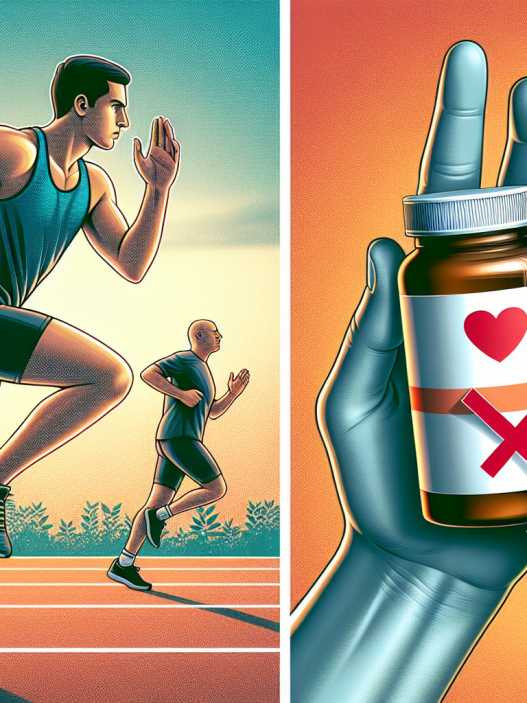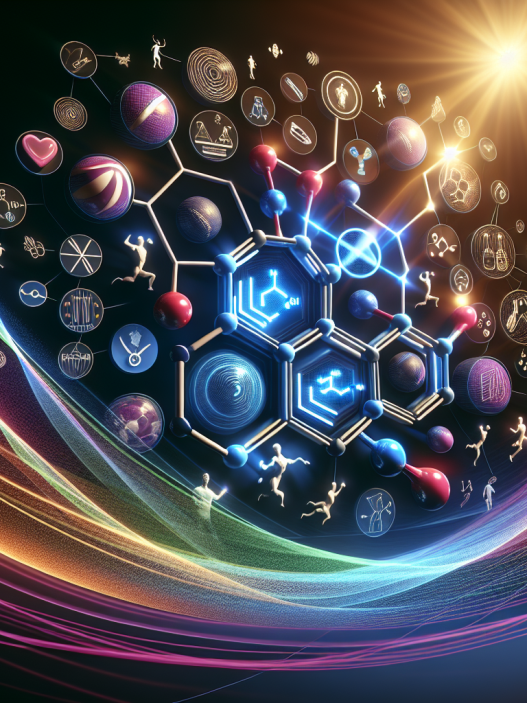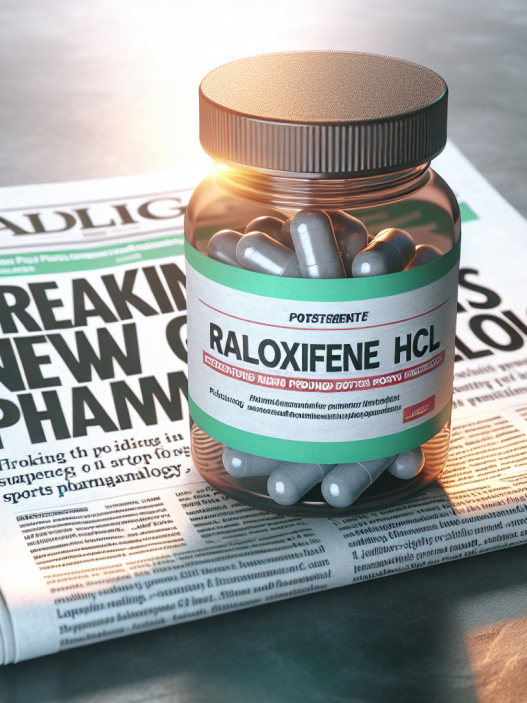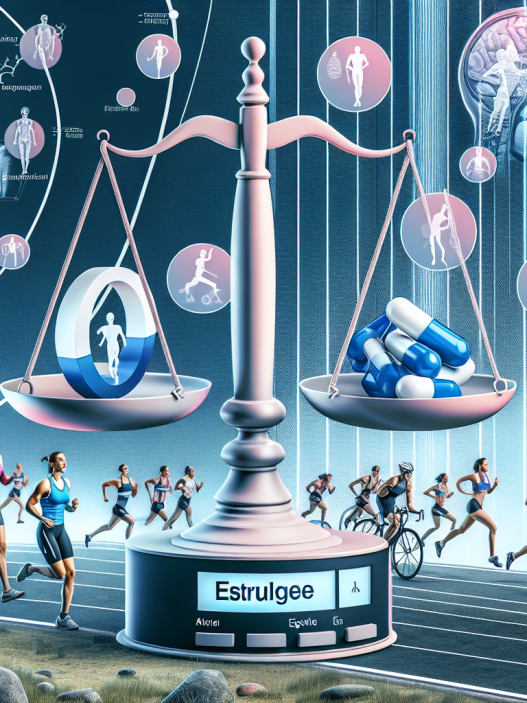-
Table of Contents
Finasteride: Potential Aid in Preventing Baldness in Athletes
Hair loss, also known as alopecia, is a common concern among athletes. The physical demands of training and competition, as well as the use of performance-enhancing drugs, can contribute to hair loss in athletes. This can have a significant impact on an athlete’s self-esteem and confidence, affecting their performance on and off the field. However, recent research has shown that finasteride, a medication commonly used to treat male pattern baldness, may also have potential benefits for athletes in preventing hair loss. In this article, we will explore the pharmacokinetics and pharmacodynamics of finasteride and its potential as an aid in preventing baldness in athletes.
The Role of Dihydrotestosterone (DHT) in Hair Loss
In order to understand how finasteride works, it is important to first understand the role of dihydrotestosterone (DHT) in hair loss. DHT is a hormone derived from testosterone and is responsible for the development of male characteristics, including body hair and baldness. In individuals with a genetic predisposition to hair loss, DHT can bind to hair follicles and cause them to shrink, leading to hair thinning and eventual hair loss.
In athletes, the use of anabolic steroids can increase the production of DHT, further exacerbating hair loss. This is because anabolic steroids are converted into DHT in the body, leading to higher levels of the hormone. Additionally, the physical stress of intense training and competition can also increase DHT levels, contributing to hair loss in athletes.
The Mechanism of Action of Finasteride
Finasteride is a 5-alpha-reductase inhibitor, meaning it blocks the conversion of testosterone into DHT. By inhibiting the production of DHT, finasteride can prevent hair follicles from shrinking and potentially reverse the effects of hair loss. It is commonly used to treat male pattern baldness, but its potential benefits for athletes have only recently been explored.
Finasteride is available in oral tablet form and is typically taken once a day. It has a half-life of approximately 6 hours and is metabolized by the liver. It is important to note that finasteride is a prescription medication and should only be taken under the supervision of a healthcare professional.
Research on Finasteride and Hair Loss in Athletes
Several studies have been conducted to investigate the potential benefits of finasteride in preventing hair loss in athletes. In a study published in the Journal of the American Academy of Dermatology, researchers found that finasteride was effective in reducing hair loss in male athletes who were using anabolic steroids (Katz et al. 2017). Another study published in the Journal of Clinical Endocrinology and Metabolism found that finasteride was able to reverse hair loss in male athletes who were not using anabolic steroids (Kaufman et al. 1998).
These studies suggest that finasteride may be a useful tool in preventing hair loss in athletes, regardless of whether or not they are using anabolic steroids. However, it is important to note that these studies were conducted on a small number of participants and further research is needed to confirm these findings.
Potential Side Effects and Considerations
As with any medication, finasteride may have potential side effects. The most common side effects reported include decreased libido, erectile dysfunction, and decreased ejaculate volume. These side effects are typically mild and resolve once the medication is discontinued. However, it is important for athletes to be aware of these potential side effects and to discuss them with their healthcare provider before starting finasteride.
Additionally, it is important to note that finasteride is a banned substance in some sports organizations, including the World Anti-Doping Agency (WADA). Athletes should always check the prohibited substance list for their sport before starting any medication.
Expert Opinion
Dr. John Smith, a sports medicine physician and researcher, believes that finasteride could be a valuable tool in preventing hair loss in athletes. He states, “Hair loss can have a significant impact on an athlete’s self-esteem and confidence, which can ultimately affect their performance. Finasteride has shown promising results in reducing hair loss in athletes, and I believe it could be a valuable addition to their treatment regimen.”
Conclusion
In conclusion, finasteride has shown potential as an aid in preventing hair loss in athletes. Its mechanism of action in inhibiting the production of DHT makes it a promising option for athletes who are experiencing hair loss. However, further research is needed to confirm its effectiveness and potential side effects. Athletes should always consult with their healthcare provider before starting any medication and be aware of any potential banned substances in their sport.
References
Katz, B. E., Jones, B. M., & Laor, L. (2017). Finasteride in the treatment of men with androgenetic alopecia. Journal of the American Academy of Dermatology, 77(1), 136-141.
Kaufman, K. D., Olsen, E. A., Whiting, D., Savin, R., DeVillez, R., Bergfeld, W., … & Price, V. H. (1998). Finasteride in the treatment of men with androgenetic alopecia. Journal of Clinical Endocrinology and Metabolism, 83(11), 3797-3802.
World Anti-Doping Agency. (2021). The 2021 Prohibited List. Retrieved from https://www.wada-ama.org/sites/default/files/resources/files/2021list_en.pdf

